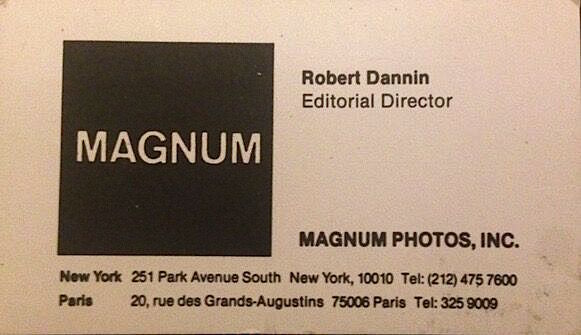 [Editor’s Note: Here we continue “The Dannin Papers,” a series of Guest Posts by Robert Dannin, who served as Editorial Director of Magnum Photos from 1985-90.
[Editor’s Note: Here we continue “The Dannin Papers,” a series of Guest Posts by Robert Dannin, who served as Editorial Director of Magnum Photos from 1985-90.
This second chapter — Dannin’s first-hand observations of the evolution and impact on the profession of the “A Day in the Life of …” book series (DITLO) as conceived and masterminded by Rick Smolan — appears in seven installments, of which this is the last. Click here for Part 6. — A. D. C.]
•
The Assassination of Photography:
The Plot to Hack Reality (g)
by Robert Dannin
… Both Rick Smolan’s Photo-One Network and his Day in the Life projects aimed to disrupt photojournalism. On the one hand, Photo-One — a pre-internet digital bulletin board for photographers and picture editors — might be classified as an embryonic, digital hack targeting the agency model.[1] As a potentially cheap and accessible platform for professionals and amateurs alike, it sought to undermine the existing economics of photojournalism, those based on the bargaining power of agents as middlemen in the production and distribution of pictures. Although well-conceived, it was ahead of its time, and failed due to a lag in the field of electronic communications.
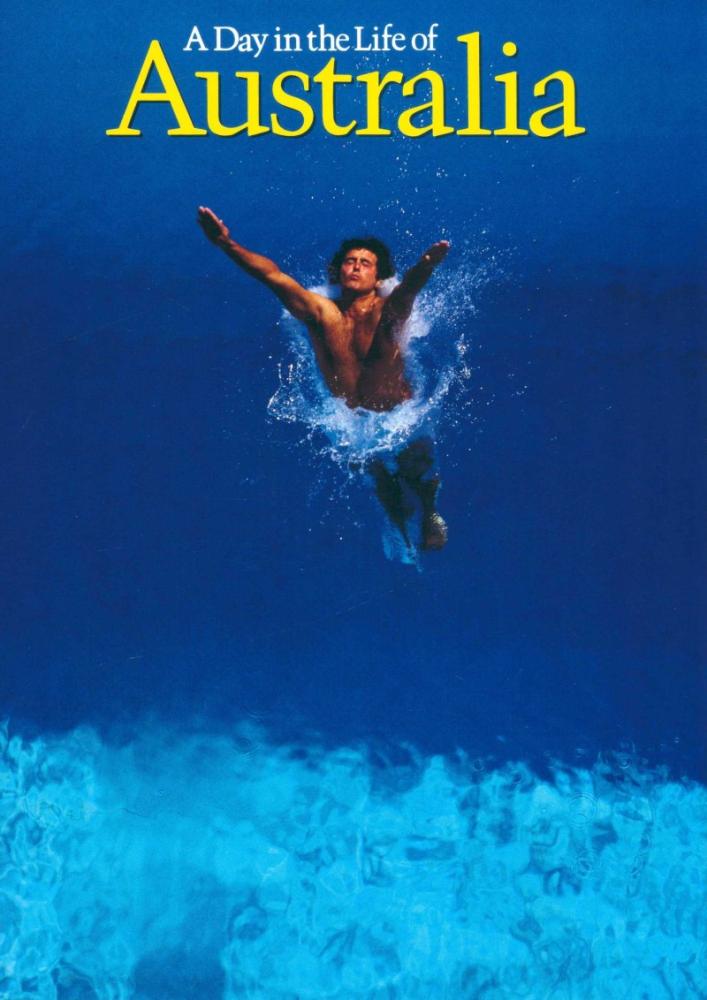 Day in the Life, on the other hand, was an analog DoS hack, and more successful for its reliance on prevailing technologies and the crowd-sourcing of persons from all levels of the industry. Of supreme importance was its sophisticated approach to sponsorship, guided by the publisher Collins’s corporate lobbyist, Catherine Quealy, former staff member and confidante of Australian Prime Minister Malcolm Fraser.[2] From the revolving door of government service Down Under to the boardrooms of corporate America, Quealy understood power and how to manipulate it.
Day in the Life, on the other hand, was an analog DoS hack, and more successful for its reliance on prevailing technologies and the crowd-sourcing of persons from all levels of the industry. Of supreme importance was its sophisticated approach to sponsorship, guided by the publisher Collins’s corporate lobbyist, Catherine Quealy, former staff member and confidante of Australian Prime Minister Malcolm Fraser.[2] From the revolving door of government service Down Under to the boardrooms of corporate America, Quealy understood power and how to manipulate it.
Begun in Australia (1982), the DITLO project was repeated almost annually: Hawaii (1984), Canada (1985), Japan (1985), America (1986), Soviet Union (1987), Spain (1988), California (1988), China (1989), Italy (1990), Ireland (1991), Israel (1994), and Thailand (1995). As a well-funded exercise in socially produced ignorance, everything about Day in the Life evoked the ethos of Orwell’s memory hole from 1984, a hack on reality that continues to resonate.
 This same formula has made significant inroads wherever journalism once thrived, and now characterizes the incipient authoritarianism of Donald J. Trump. Owing his celebrity to tabloid newspapers and reality television, a thug cheats his way to wealth and power. His repertoire of deceptions includes weaponizing the premiere social media app Twitter to create daily spectacles. His agenda for distracting the populace relies upon a largely compliant media fixing the public gaze on simulated events. Uproar, transgression, cyberbullying, and trolling are currency in a propaganda war against reality.[3] While we look the other way, the oligarchs are meanwhile busy pillaging the national wealth and thrashing the social order to a bloody pulp. The Hacker-in-Chief has our undivided attention because every day is now A Day in the Life of Trump.[4]
This same formula has made significant inroads wherever journalism once thrived, and now characterizes the incipient authoritarianism of Donald J. Trump. Owing his celebrity to tabloid newspapers and reality television, a thug cheats his way to wealth and power. His repertoire of deceptions includes weaponizing the premiere social media app Twitter to create daily spectacles. His agenda for distracting the populace relies upon a largely compliant media fixing the public gaze on simulated events. Uproar, transgression, cyberbullying, and trolling are currency in a propaganda war against reality.[3] While we look the other way, the oligarchs are meanwhile busy pillaging the national wealth and thrashing the social order to a bloody pulp. The Hacker-in-Chief has our undivided attention because every day is now A Day in the Life of Trump.[4]
To be clear, I am not blaming Day in the Life for Trump (although one can hardly ignore its kinship with the Murdochs’ tactically enabling News Corp International juggernaut). The diversionary tactic has always existed as a resource for those committed to pernicious aims, and will continue no doubt to plague the media. However, the possibility of resistance in the direst historical circumstances has regularly manifested itself in visual imagery. Such oppositional activity has run the gamut from graffiti, posters, public murals, and newspaper cartoons to studio paintings on canvas — and, starting in the mid-19th century, photographs as well.
Photography is a potent medium of communication, and photojournalism — its practice in the realm of popular media — is an understated and often powerful instrument in the struggle to illuminate a darkness that conceals unspeakable acts of violence. It exposes a part of reality in order to depose (in the forensic sense) both perpetrator and victim. In ways that differ from both written reports and verbal eyewitness testimony, photojournalism enriches our perspective by providing an excess of interpretive stimuli that in some instances become critical if not determining factors in our total comprehension of a newsworthy event.
Such issues are too loaded to explore here, except to say that Day in the Life revealed the fast-and-loose attitude of its editors and agents, who conspired with Collins, the series’ publishers, to attack a half-century of photojournalism’s practices and standards. Further, it set in motion a chain of events — to be detailed in subsequent chapters — leading to a hostile takeover of an entire industry by financiers for whom the bottom line constitutes everything.
•
Some may argue that photographers continue to practice their craft unencumbered by the excessive costs of print journalism, or that technological innovation comes at a high price in terms of its effects on human capital. Yet while the digital revolution has pushed every photographer to become more entrepreneurial, it is impossible to swallow that pill without reference to the consequences of this ideology, especially its implications for open journalism.
 First and foremost, becoming an “entrepreneur” means doing everything yourself, a spartan division of labor that minimizes the editorial process in the name of efficiency.[5] The spatial history of Magnum, for example, is a narrative of the incredible shrinking agency, where cost per square-foot outlawed the stockpiling of physical images, then eliminated printing facilities; it downsized editorial and support personnel, and eventually reduced space for deliberative assemblies to the vanishing point. (It is no coincidence that Magnum’s press-print archives were sold to Michael Dell, the computer billionaire.)
First and foremost, becoming an “entrepreneur” means doing everything yourself, a spartan division of labor that minimizes the editorial process in the name of efficiency.[5] The spatial history of Magnum, for example, is a narrative of the incredible shrinking agency, where cost per square-foot outlawed the stockpiling of physical images, then eliminated printing facilities; it downsized editorial and support personnel, and eventually reduced space for deliberative assemblies to the vanishing point. (It is no coincidence that Magnum’s press-print archives were sold to Michael Dell, the computer billionaire.)
Second, the intrusion of vendors directly into the editorial process under the guise of Day in the Life’s corporate sponsorship signaled the demise of one’s liberty to work outside the boundaries of pre-established, packaged formats, confining experimentation to techniques built into the equipment or provided by software.
Finally, the triumph of entrepreneurialism means the loss of editorial freedom through the internalization of censorship, better known in its neoliberal guise as the exercise of “rational choices.” Economic censorship means one thing when objectified by an editor or publication who says “We can’t afford to shoot that story,” and something completely different when manifest as a subjective constraint upon one’s imagination. I am aware that an elite corps of freelancers exists (VII Photo Agency and a few Magnum members come to mind); yet it is too small for the task at hand, and lacks any facility for self-financing.
•
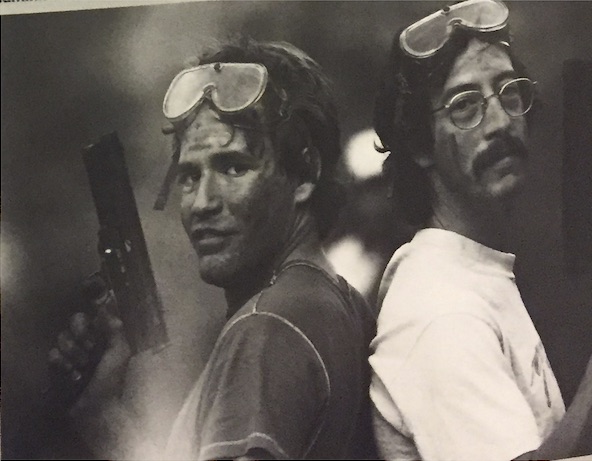
Triggermen: David Cohen (l) and Rick Smolan (r) at an unidentified paintball park. Photographer unknown.
That photographers could not see this coming, neither heard the shots as they were fired nor spotted the sniper’s nest, suggests not only misplaced trust but, more importantly, a poor understanding of their own trade history. Not apathy, but rather the absence of an organic narrative of one’s profession, is a weakness openly exploited by superior forces.[6] For all the nonsense about a gathering of topnotch professionals, Day in the Life might have provided an opportunity to build solidarity networks around issues of job security, healthcare, and other social benefits.
Freelancers have for decades understood the implications of contingent labor and organized unions to protect their rights and fight for pensions. As paradigms of workers in the gig economy, jazz musicians constantly use the festival circuit to organize around the issue of solidarity so as to push concert promoters and club owners to offer an equitable share of the action.[7] If nothing remotely akin to such efforts on behalf of the field emerged from Day in the Life, then ultimate responsibility for that absence fell to the photographers, who, in their haste for recognition, forgot to check their mostly white privilege and exposed themselves to being fleeced by a handful of miscreants.
•
Gallery: The World According to Day in the Life
(nations of sheep to be herded and fleeced)
•
•
Finale
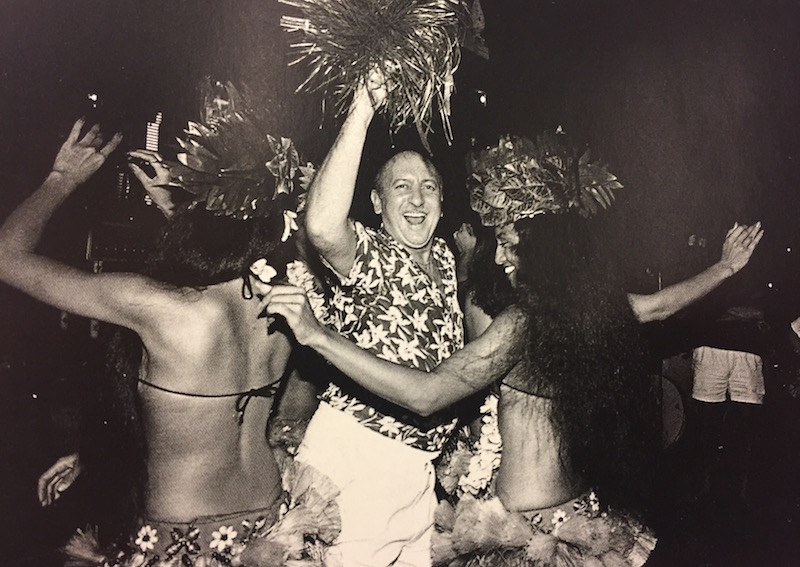
Time Magazine’s Arnold Drapkin hula-dancing at the wake of photography, “A Day in the Life of Hawaii,” 1984.
•
[1] The agency model was the target of the 2012 antitrust litigation pitting Apple and six major book publishers against Amazon.com over the pricing of e-books. Apple and the publishers asserted the right to set prices set for individual titles (the agency model); Amazon contended that they had conspired to restrain its right to purchase and resell e-books at deeply discounted prices (the wholesale model). The government ruled in favor of Amazon, reasoning that consumers are entitled to the lowest prices possible. Ironically, the case ignored the stakes for authors who, in the final analysis, were the biggest losers, because their royalties are a percentage of unit sales. (See Joe Palazzolo, “Apple Loses Federal Appeal in E-Books Case,” Wall Street Journal, June 30, 2015.)
[2] Quealy was described by a government co-worker as “an amazingly brilliant girl” who spent a “lot of time” with Malcolm Fraser (Cartwright, Cheryl, “Interview with Barry York,” Oral History Collection, Museum of Australian Democracy at Old Parliament House, Canberra, OPH-OHI 161, 2 September 2009). Another colleague commented, “Cathy … was a very good coordinator … one of the few people who would answer back to Malcolm and he took that, he was fine with that” (Cooper, Caroline, “Interview with Edward Helgeby,” Oral History Collection, Museum of Australian Democracy at Old Parliament House, Canberra, OPH-OHI 216, 28 February 2011).
[3] Angela Nagle, Kill All Normies, (Alresford, Hants, UK: Zero Books, 2017), iBooks.
[4] Collective strategies of resistance by photographers exist, and they aren’t necessarily boycotts. In the early twentieth century Mussolini constantly excluded from his entourage all but the most loyal quislings. He believed that, by not speaking to the press, he could control what was written about him. The less the better. Yet he also realized the importance of the photo-op and so invited photojournalists to cover his official activities, believing it would be easier to manipulate their art than the uncomfortable questioning of news reporters. Realizing the ploy, newsmen traded their pens for cameras, swelling the ranks of photographers practically overnight. Thereafter Il Duce was swarmed by photographers challenging him with the lenses and shouting questions wherever he went. The paparazzi were relentless in their pursuit, and their images of an enraged tyrant played an undeniable role in his downfall.
[5] For a photographer’s views on this process, see Thomas Dworzak, “2001: The Digital Correspondent,” in Robert Dannin, ed., Arms Against Fury: Magnum Photographers in Afghanistan (New York: Powerhouse, 2002), 212-17.
[6] Photographers are not alone here. As everyone should know, physicians long ago surrendered their professional autonomy to third parties, attorneys and actuaries mainly, who are ignorant of medical science.
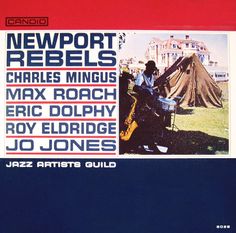 [7] The 1960 Newport Jazz Festival was notable for the presence of a rival jazz festival that took place at a hotel just a few blocks away. It was organized by musicians Charles Mingus and Max Roach in protest against the lower pay that the Newport festival offered jazz innovators in comparison with more mainstream performers; the fact that the innovators were mostly black and the mainstream performers mostly white was also an aggravating factor. (See John S. Wilson, “2 Jazz Festivals Open in Newport; Original Series in Park Is Rivaled by New One on the Lawn of Near-by Hotel,” New York Times, 1 July 1960, p. 130); James C. McKinley Jr., “Jazz Musicians Start a Pension Push,” New York Times, 12 December 2011.)
[7] The 1960 Newport Jazz Festival was notable for the presence of a rival jazz festival that took place at a hotel just a few blocks away. It was organized by musicians Charles Mingus and Max Roach in protest against the lower pay that the Newport festival offered jazz innovators in comparison with more mainstream performers; the fact that the innovators were mostly black and the mainstream performers mostly white was also an aggravating factor. (See John S. Wilson, “2 Jazz Festivals Open in Newport; Original Series in Park Is Rivaled by New One on the Lawn of Near-by Hotel,” New York Times, 1 July 1960, p. 130); James C. McKinley Jr., “Jazz Musicians Start a Pension Push,” New York Times, 12 December 2011.)
(Part 1 I 2 I 3 I 4 I 5 I 6 I 7)
•
Text copyright © 2018 by Robert Dannin. All rights reserved.
•
(For an index of links to all posts in this series, click here.)
•
Robert Dannin holds a doctorate in linguistics and anthropology from the School for Advanced Studies in the Social Sciences in Paris. He taught at Brown University, New York University, and Suffolk University in Boston. He is co-founder and director of the Ddora Foundation, and serves as a trustee at Mount Ida College in Newton, Mass. Among his scholarly publications, Black Pilgrimage to Islam (Oxford University Press, 2002) was the first ethnography of Islamic religious conversion in America.
In 2009 Dannin was awarded an inaugural residency at the Norman Mailer Writer’s Colony. His most recent work is a biography of Jacob Schiff, the Gilded Age banker and rival to J. P. Morgan.
Dannin paid for his education by working as a cook, translator, ghostwriter, and copywriter/photo editor at Sipa Press in Paris from 1978 to 1981. He was news editor for Sygma New York and later the editorial director of Magnum, where he produced Sebastião Salgado Jr.’s “An Archaeology of the Industrial Age,” eventually published as Workers (Aperture). His other editorial credits include James Nachtwey’s Inferno (Phaidon) and the survey Arms Against Fury: Magnum Photographers in Afghanistan (powerHouse).
Dannin is the author of numerous critical essays about photojournalism. From 1995 to 1997 he served as special consultant on photography to the office of the New York Attorney General. To contact Robert Dannin, click here.



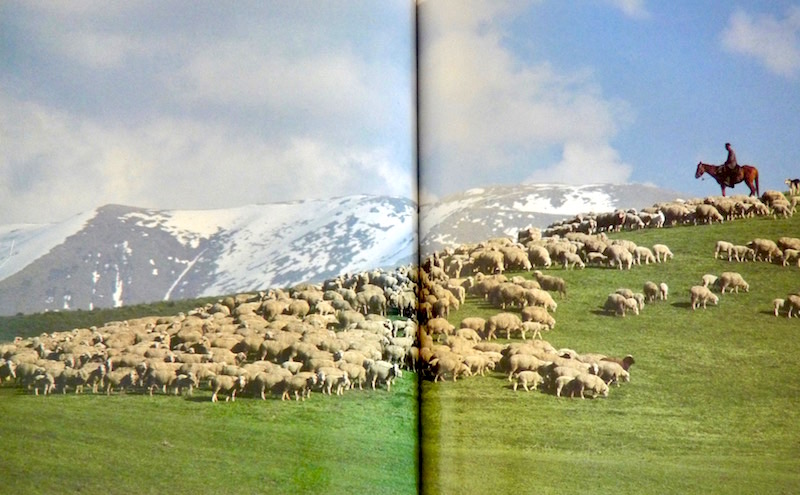
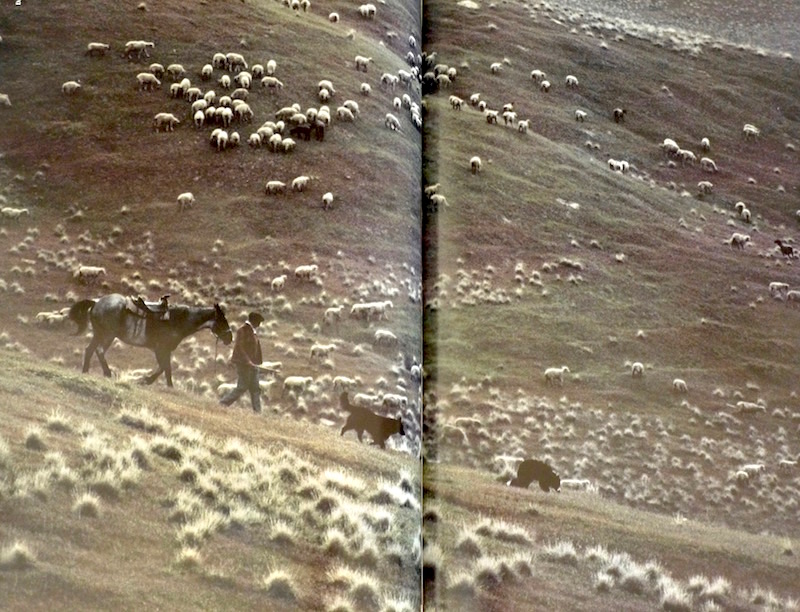
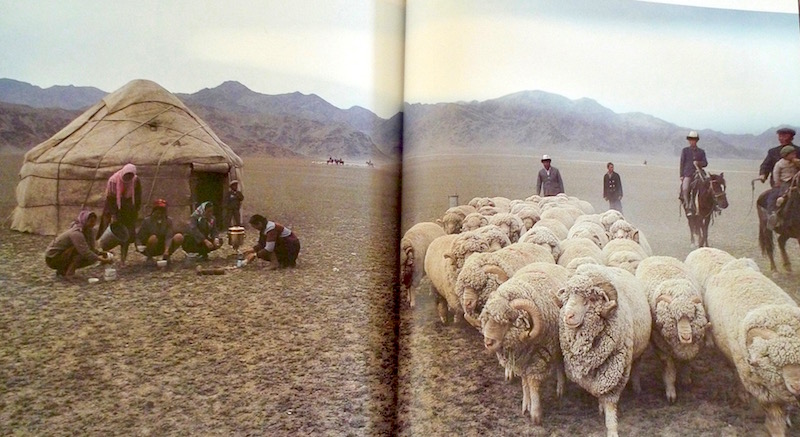
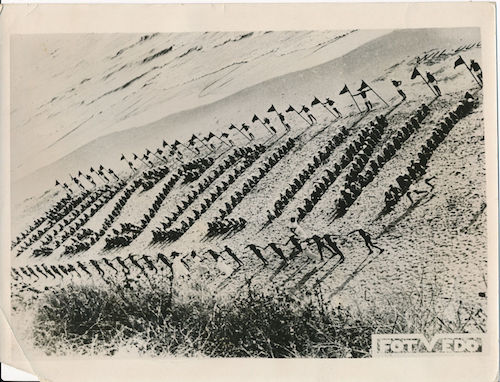

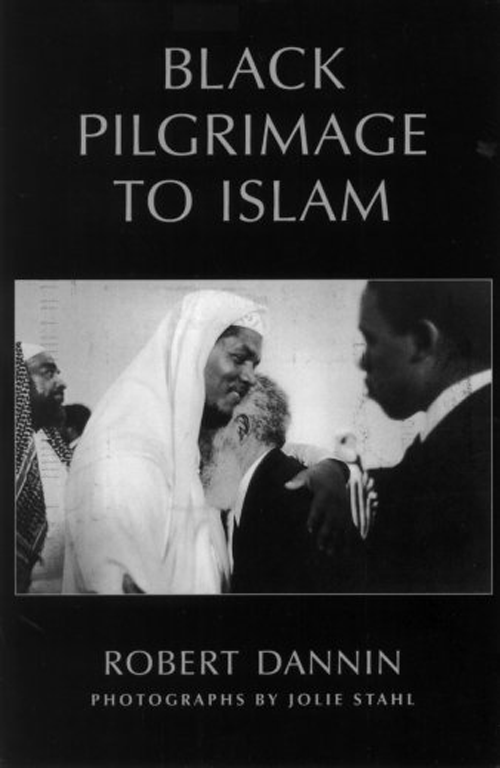




Leave a Comment